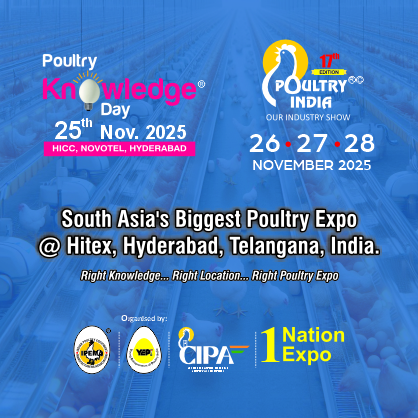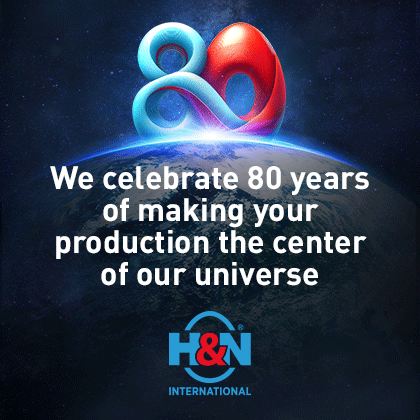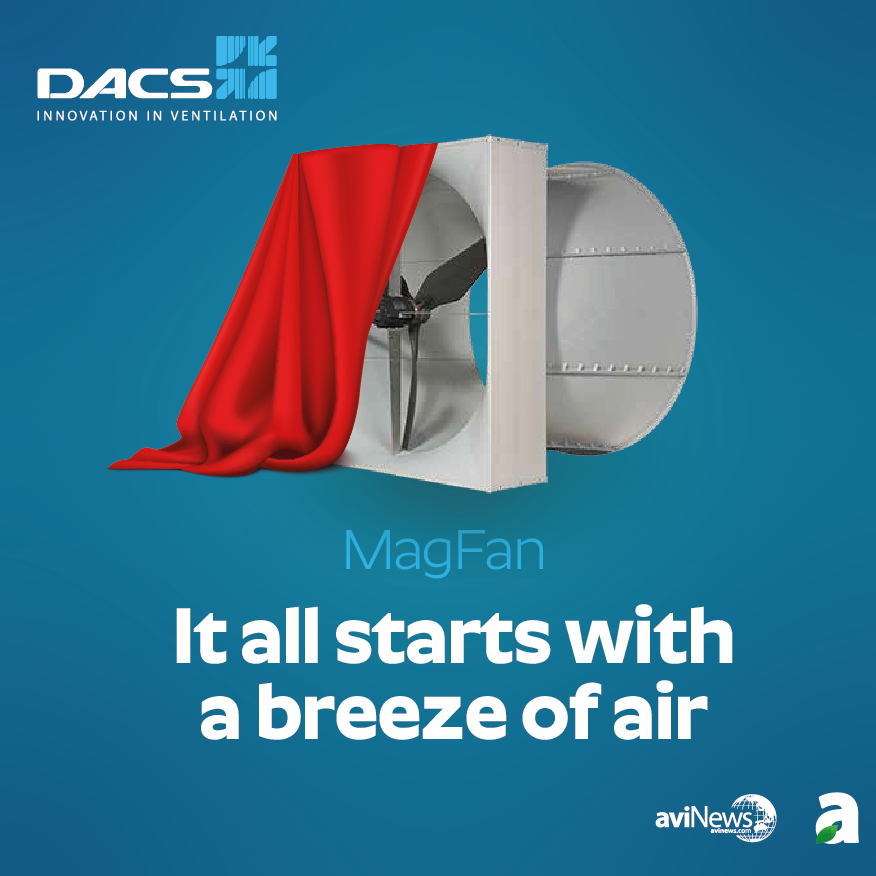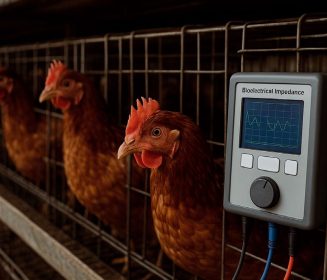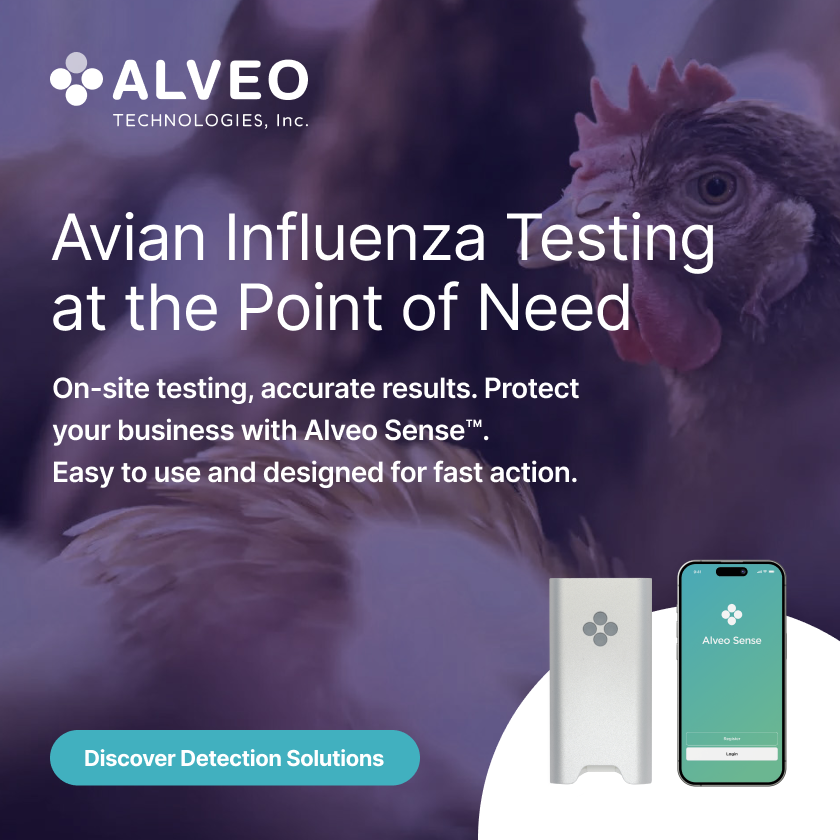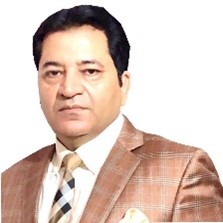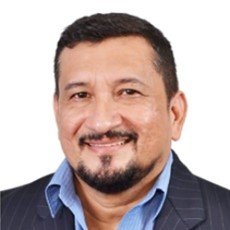
07 May 2020
Rubber fingers, fighting against bacteria in plucking
Content available at: Español (Spanish) Português (Portuguese (Brazil))This article aims to contribute to a better understanding, alerting when appropriate, regarding […]
Content available at:
Español (Spanish) Português (Portuguese (Brazil))
This article aims to contribute to a better understanding, alerting when appropriate, regarding the effective public health risks from certain materials used to construct plucking rubber fingers and therefore, responsible for cross-contamination originating in plucking tunnels.
Salmonella has been successfully fought against, but when it reaches the plucking area everything is complicated by dubiously constructed fingers over which users have no control.
Plucking fingers can protect up to 99.99% against bacteria, or help spread them, according to scientific studies, which is why they are critical elements 

CASE 1 SAFETY
In case N ° 1 –where there is safety– the fingers are produced with: Bactericidal protection Protected channels Free from cross contamination. They are always compulsorily built with noble and unused raw material with antimicrobial protection even in their inner parts, therefore they have immunity throughout their useful life. They are always accompanied by official awards issued by recognized entities.
CASE 2 AT RISK
Continue after advertising.
In case N ° 2, the fingers display the following characteristics: Manufactured from raw material from dubious origins with no traceability, or from recycled/regenerated materials. They are offered without any real guarantees, with the aggravating circumstance that they do not have any bactericidal protection. It is natural that they open the doors to potential infections. To trick some users, such pieces are sometimes accompanied by “awards” not recognized by official bodies, old or dealing with results other than the intended purpose.
After a short operating time, fingers of questionable quality are worn, accentuating the fixation of bacteria on its entire surface, especially in the region that has direct contact with feathers –Figure 2–.

The difference between fingers of noble material and those of dubious material is already visible before being put into operation. Remember to observe the color, smell and visualize the tire –Figure 3–. Fingers made of dubious materials seek to reduce costs and compete against manufacturers concerned with winning the market and not with excellence. It is natural that they are potentially dangerous, opening a flank for the bacteria to lodge strongly in their corroded parts, where there is wear, cracks, and crevices that are imperceptible to the naked eye.

Consequences of choosing a low-quality manufacturing material
The consequences are dire because there are no sanitation or disinfection protocols rigorous enough. Depending on the condition of the finger, and despite the sanitation efforts made in the tunnels, all the work ends up being worthless and the next wave to be plucked may be destined for contamination.
The fingers undergo wear and tear easily because throughout their operation they suffer from significant friction. Poorly constructed parts corrode from fatigue, including “silicone fingers” or “thermoplastic polyurethane” –Figure 4–, all ideal niches for the logarithmic growth of bacteria.
According to research carried out in the United States, the impact suffered by the carcass during plucking; relatively, would be similar to that of an airplane tire when landing –Figure 5–. Likewise, all care towards the fingers has little effect, since its particles lodge in the skin and even in parts of the meat.

In the past, old tires and elastomer waste were considered as toxic waste and were difficult to degrade, becoming a nuisance for any society. Luckily for the environment, the recycling industry arrived and transformed the unusable waste of the rubber industries to a black, caustic, fertile, low quality and cheap powder, reused in the production of new rubber devices for non-human use, such as the ramps of the Basilica of Aparecida, retreading industries, roads, etc.
Silicone is a type of “non-toxic” rubber, this being its only advantage. As opposed to its use, there are four negative points:
- Lack of abrasion resistance
- Propensity to break
- Prone to deformation
- High price
The application of silicone is only suitable in products that have direct contact with humans (condoms, pacifiers, etc.), but not for the manufacture of parts that require continuous efforts, wear and resistance, so there are no “silicone fingers “
There are pieces of “thermoplastic polyurethane” material, nicknamed as “silicone fingers”, which are nothing more than a common type of plastic that, at a certain temperature, has high viscosity, and can then be shaped and molded into anything, such as, for example, plucking fingers. Something that is surprisingly striking is that, with use, they undergo a series of changes that are noticeable to the naked eye: They change dangerously from light to yellow and deform, releasing lint that can penetrate the carcasses – Figure 9 – 
To consider…
All fingers absorb ambient humidity. Depending on the quality and the way they are produced, this can contribute strongly to the creation of mediums favorable for bacterial fixation and the development of biofilm.
After the slaughter, the cleaning, sanitizing and disinfection teams come into operation, which will be useless depending on the state of the fingers. Although plucking is fast, if the fingers are of questionable quality, only a few carcasses with Salmonella in the tunnel are enough for the entire line to become contaminated. The disaster is almost certain, since the territory is highly conducive to risks.
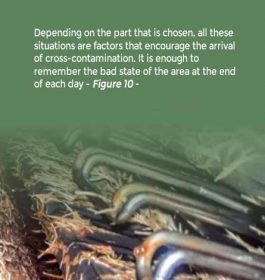
Slaughter plants
Slaughterhouses should require rigorous audits of finger factories by the authorities. It would be an improvement for everyone to encourage transparency in the slaughter plant sector, which is where the origin of many of the problems experienced today resides.
Fingers are considered critical as they are a fundamental element in plucking
Recently it was possible to develop the Antibacterial Formulation that becomes effective against 99.99% of Salmonella. In relying on this advanced technology, bacteria have their days numbered and cross-contamination in screening as well. For poultry meat eaters it is a welcome news.
- They have an above-average durability, since they do not suffer decomposition in material or efficiency, even at high temperatures, and they are not leached for the environment.
- They protect the carcasses at all times while they are in operation, no matter to what extent they are worn.
- Due to the fact that the protection is in the entire piece, including its interior, the efficacy against Salmonella will last while it is in operation.
- The technical effect is to obtain a material that is clearly resistant to the proliferation of bacteria, significantly increasing the food safety of products originating from slaughter plants.
- Fingers built from this formulation help control up to 99.99% level of cross contamination in plucking tunnels.
- Therefore, they help to prevent the proliferation of bacteria in the manufacturing environment, especially if built by noble materials
- It contributes to reducing the use of chemical products in the sanitation of food plants, especially in plucking tunnels.
- The Bactericidal Protection remains intact during injection, compression or transfer molding of the fingers.
- This means the assurance that you will always get perfect parts under all circumstances.
- Fingers made of noble material and even with bactericidal protection substantially increase the degree of safety of meat products.
- This means a reduction in production costs with maximized results.
- This protection can also be applied in the slaughter of pigs, food harvesting machines, cow milking machines, etc.



